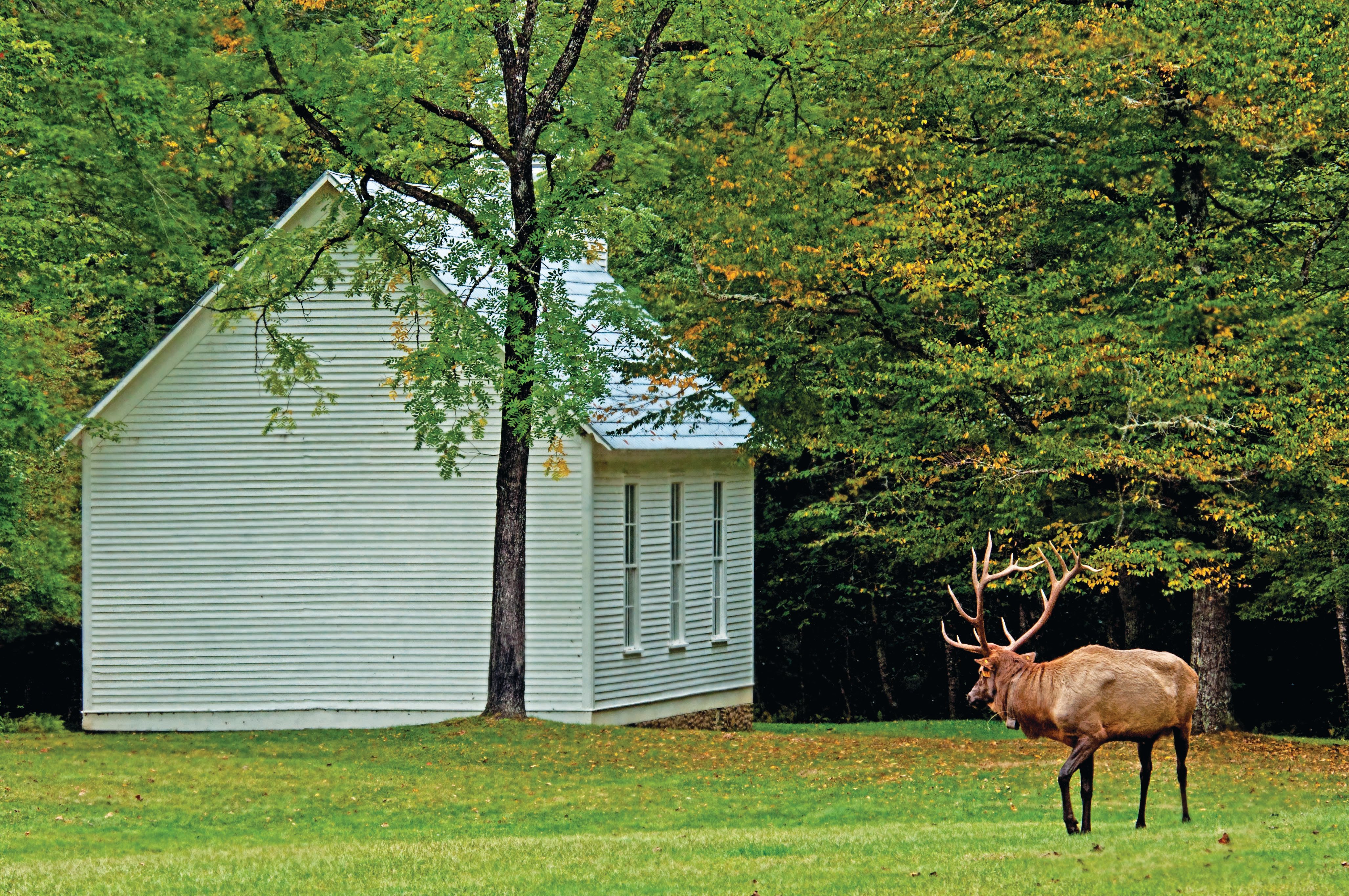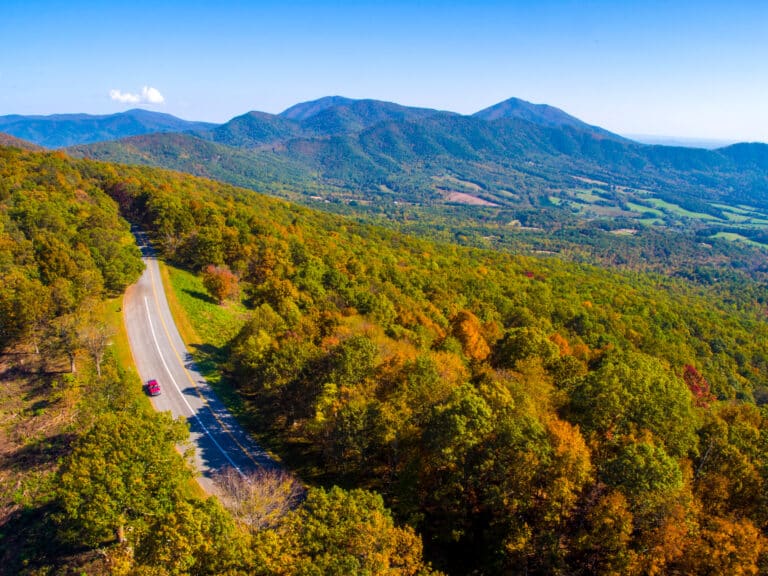When a Haywood County farmer shot seven elk on his family’s land outside Great Smoky Mountains National Park last January, there was public outrage. Even though the act was ultimately deemed legal—the elk had been eating winter wheat and chasing dairy cows—one state official described it as “spite killing.” It was only the latest episode in more than a decade of human-elk conflicts in western North Carolina.
In 2001, the National Park Service and Rocky Mountain Elk Foundation worked together to reintroduce 52 elk to the Smokies, roughly a century-and-a-half after the species had been hunted out of existence in North Carolina and Tennessee. Today there are about 150 elk that range in the park’s eastern reaches, where they’ve become quite the draw. After reintroduction, visitation to Cataloochee Valley practically doubled, to about 140,000 people annually. But while thousands of visitors may enjoy coming to see the elk, local farmers and residents bear the brunt of the costs when the animals wander in search of greener pastures.
“The question is—as this population grows, who’s going to feed them?” Jimmy Cowen, a local farmer, asked at a public hearing held by the North Carolina Wildlife and Resources Commission last fall. “Why should it be up to the private landowners?”
Protecting elk habitat can mitigate conflicts by funneling elk away from farms, residences, and highways where they’ve become nuisances. The Conservation Fund is conveying nearly 2,000 acres adjacent to the Smokies near Maggie Valley for elk habitat.
Another approach is to compensate landowners for damages caused by wildlife. Nearly 30 years ago, the nonprofit Defenders of Wildlife raised funds to pay full value for any livestock killed by wolves that were returning to northwestern Montana near Glacier National Park. State and federal agencies verified the losses, ranchers were compensated, and conflict over the heated issue died down relatively quickly. Posters featuring artwork of wolves were sold for $30 apiece to help raise funds and make the program sustainable.
The organization used the same strategy for ranchers near Yellowstone when wolves were reintroduced to that park in the 1990s. More recently, a handful of conservation groups helped pay for fencing for landowners who want to keep free-roaming Yellowstone bison off their pastureland.
Similar approaches could be harnessed in western North Carolina. The N.C. Wildlife Resources Commission already paid for a two-mile, $19,000 fence on the dairy farm where the seven elk were shot; it was funded by hunting-license revenues. This approach could evolve from an ad-hoc one into a systematic compensation program for farmers and residents, but elk lovers and conservation groups would likely need to chip in, too.
That should be a feasible ask, given the popularity of the Smokies elk. One evening last fall, park visitors’ SUVs and pickup trucks lined either side of the road through a Cataloochee meadow, watching a bull elk stand amongst 20 females and let out a series of bugles that echoed through the valley.








